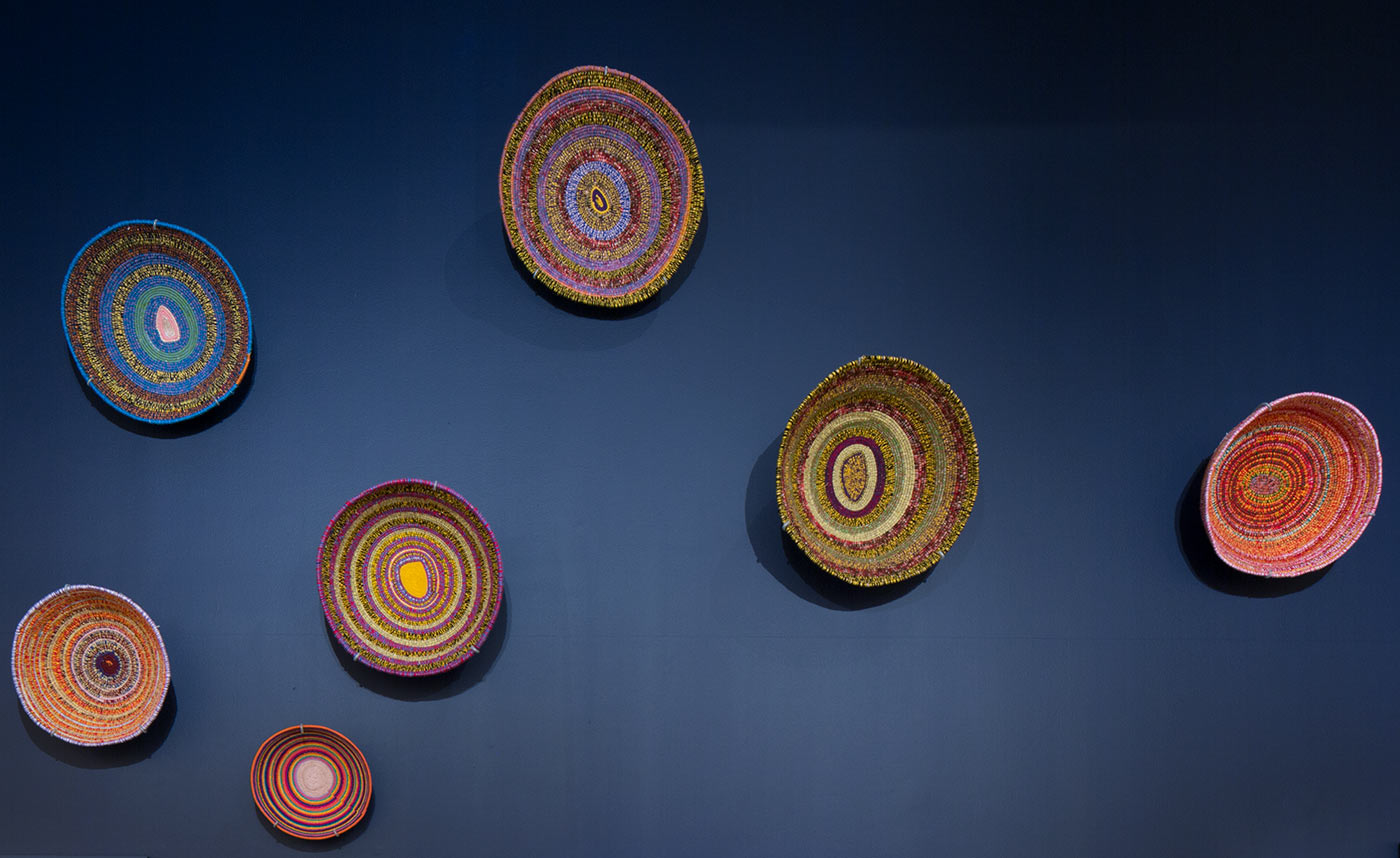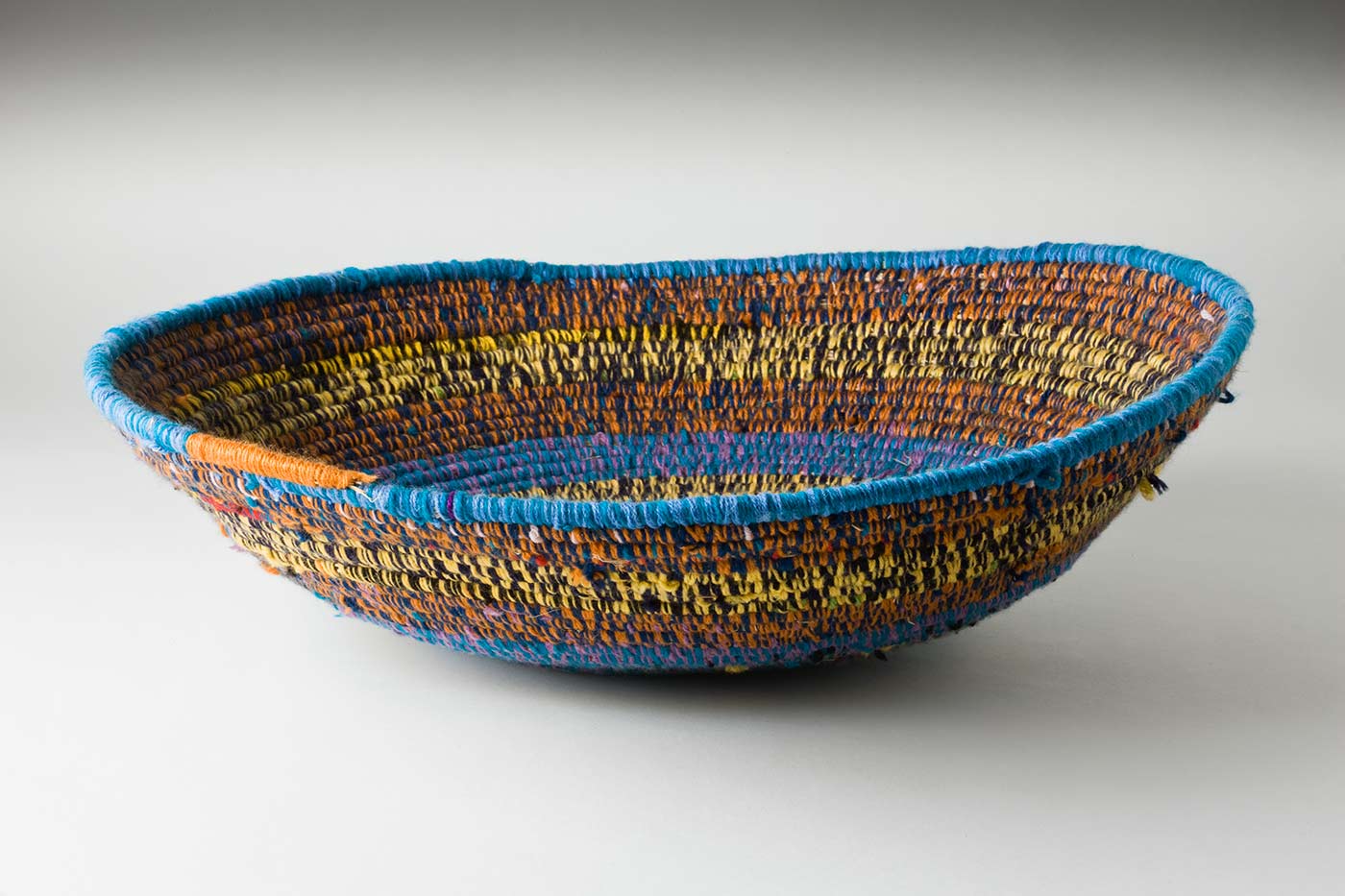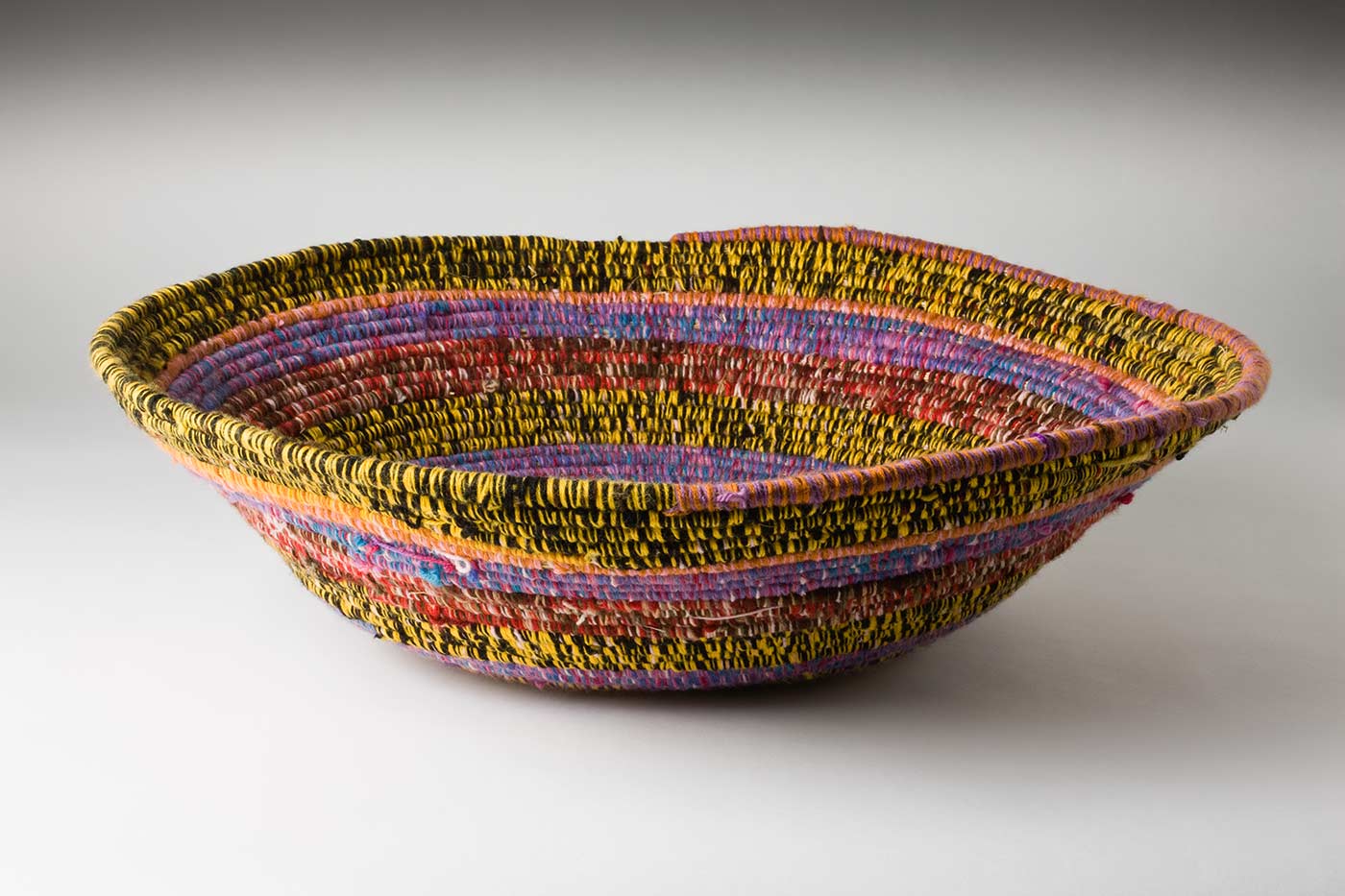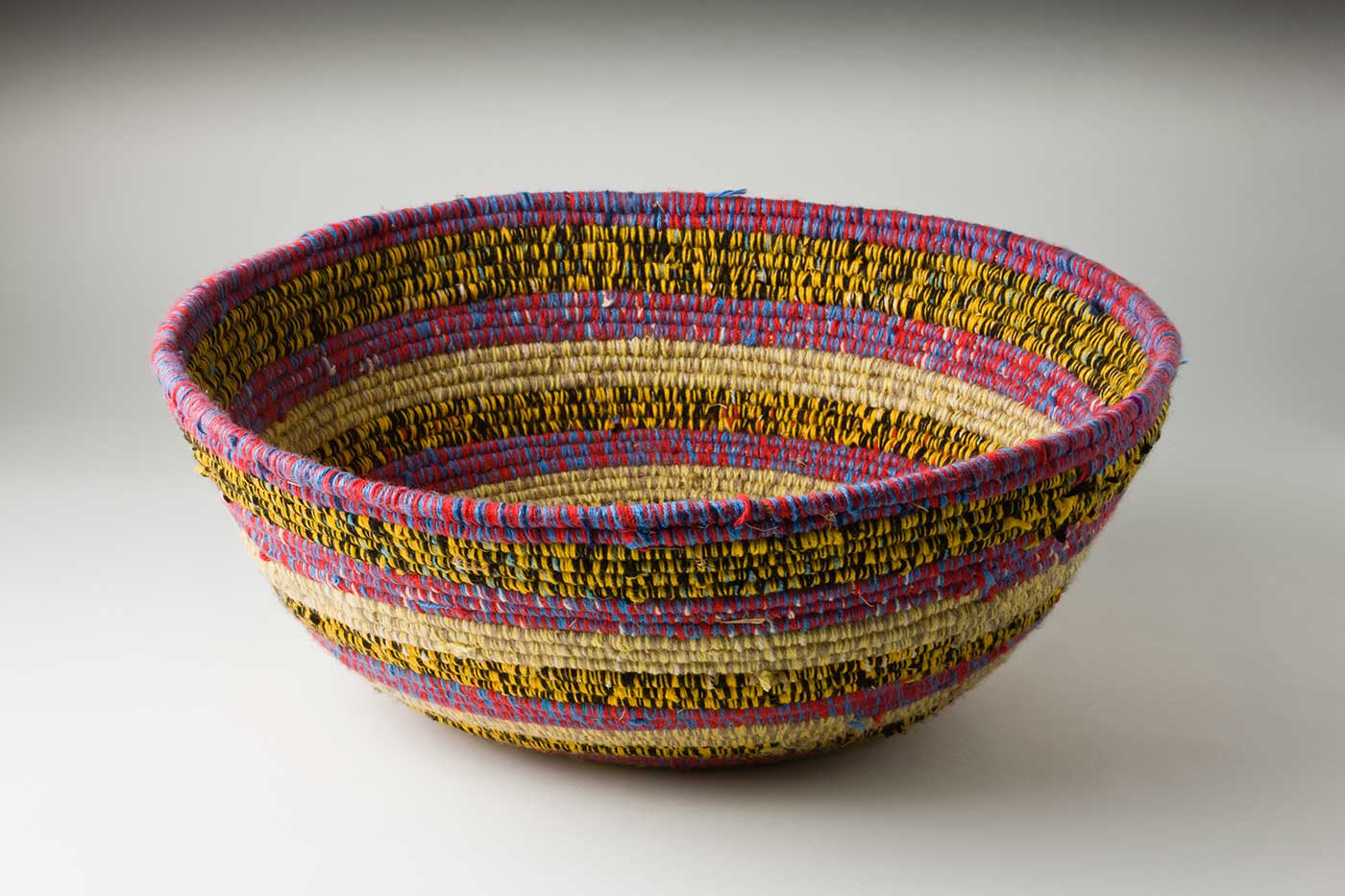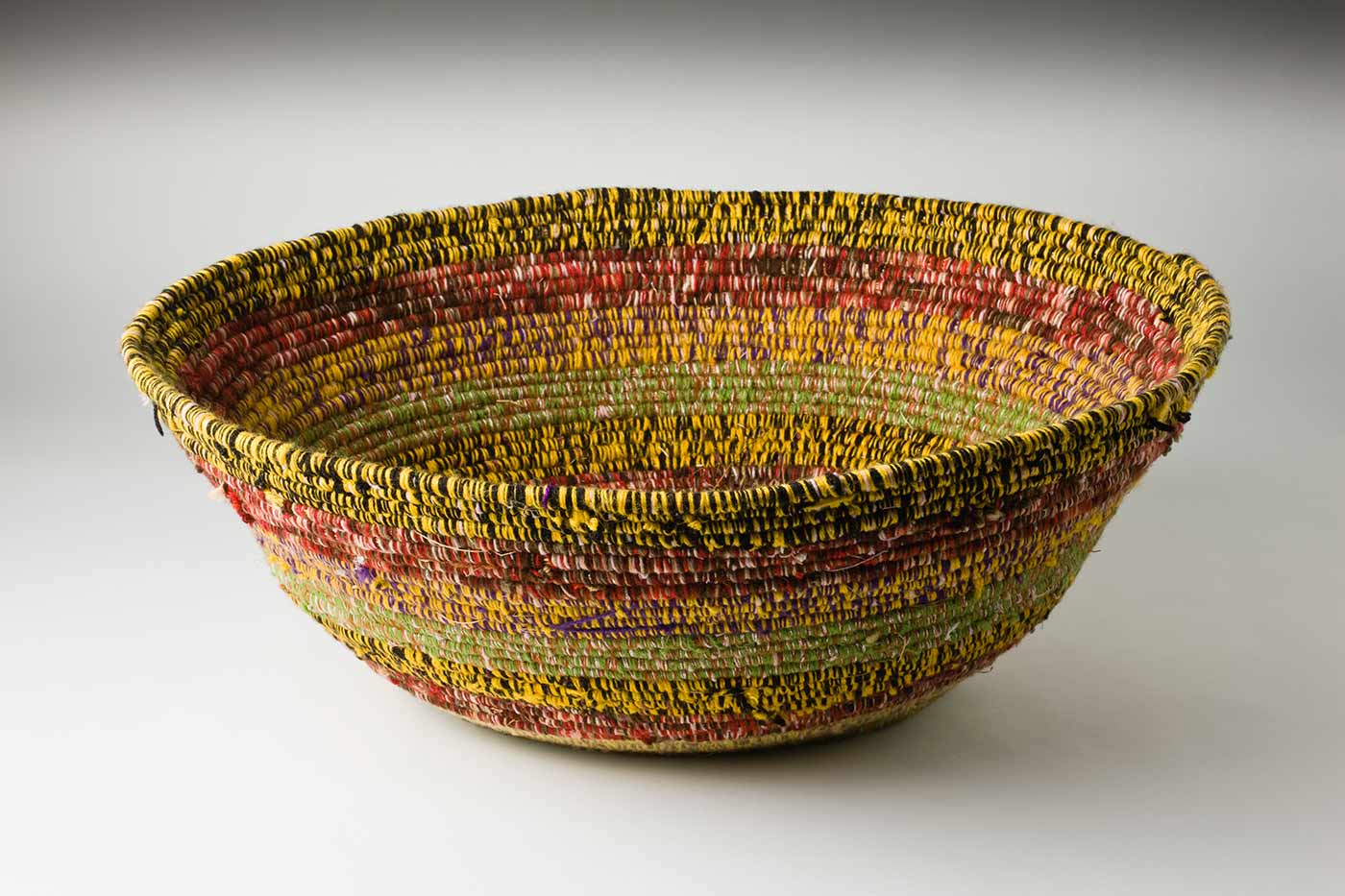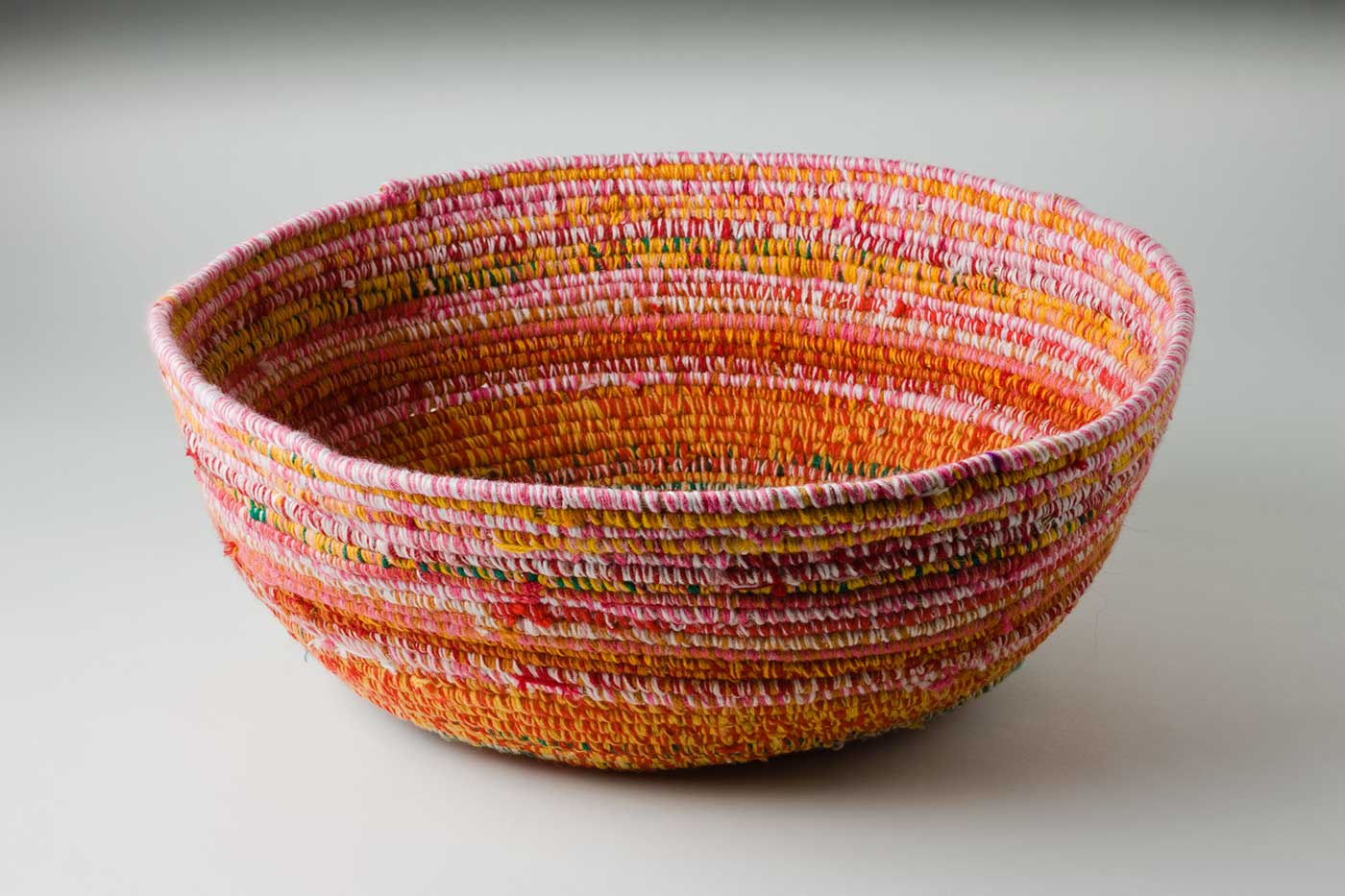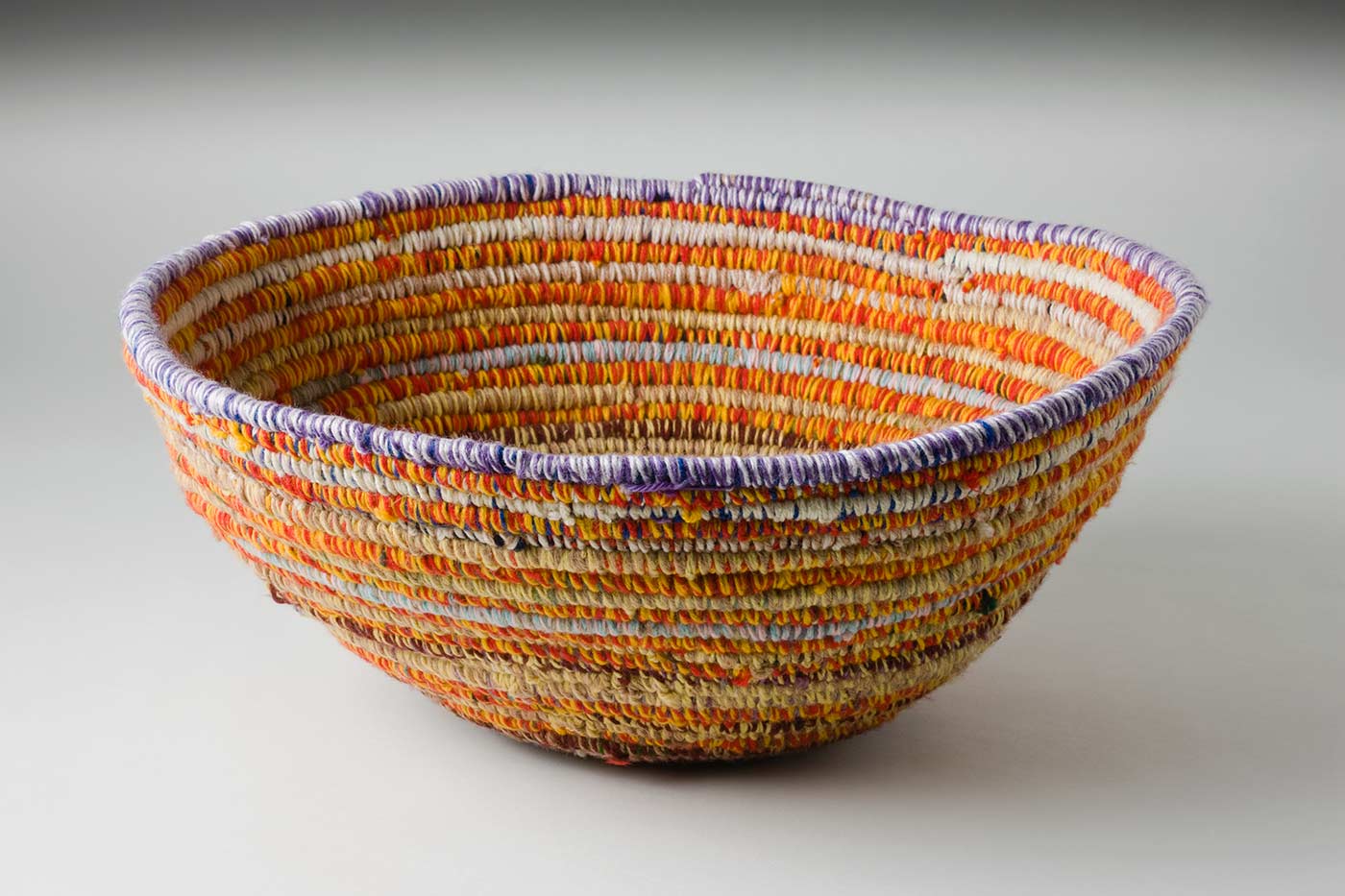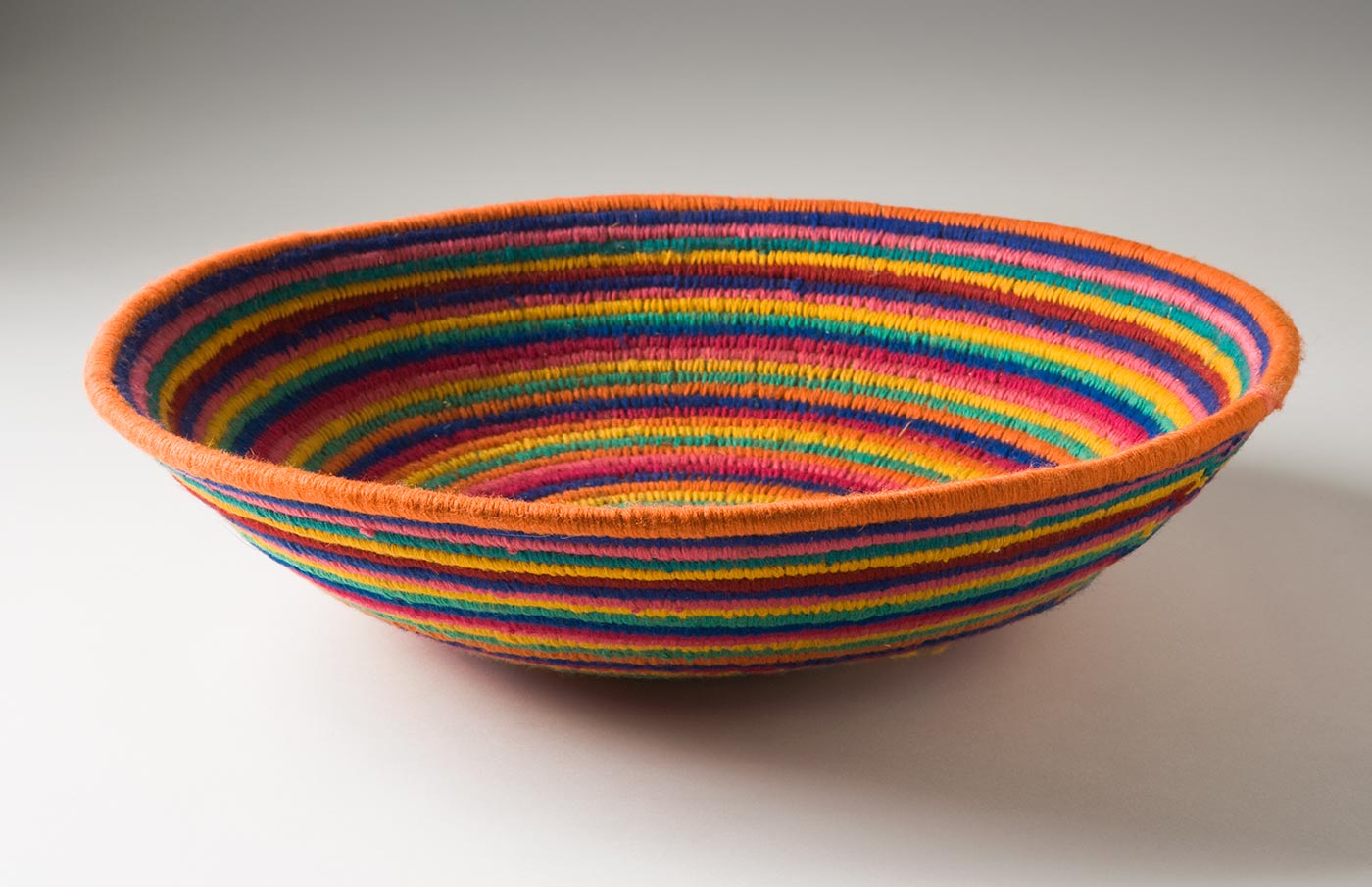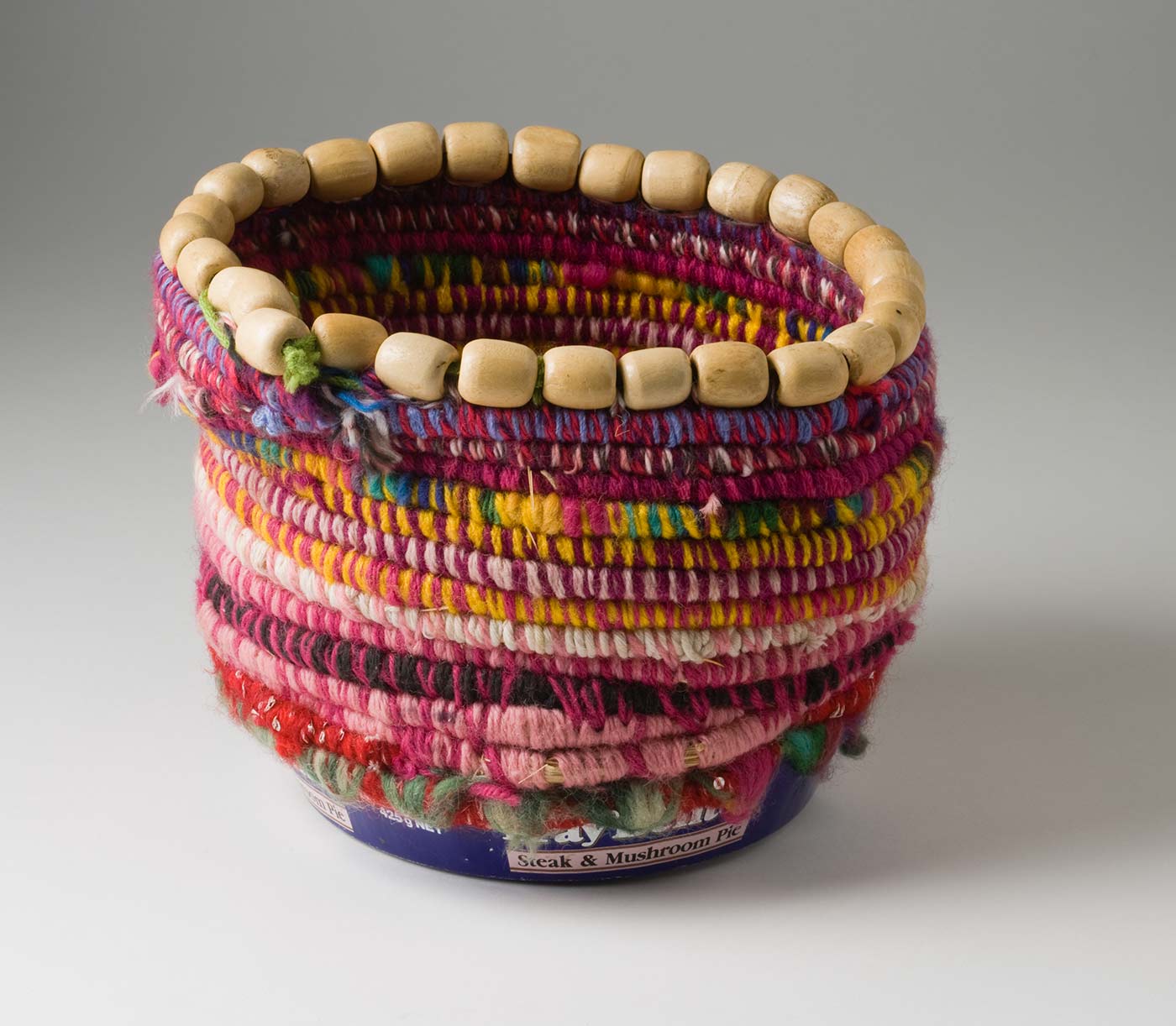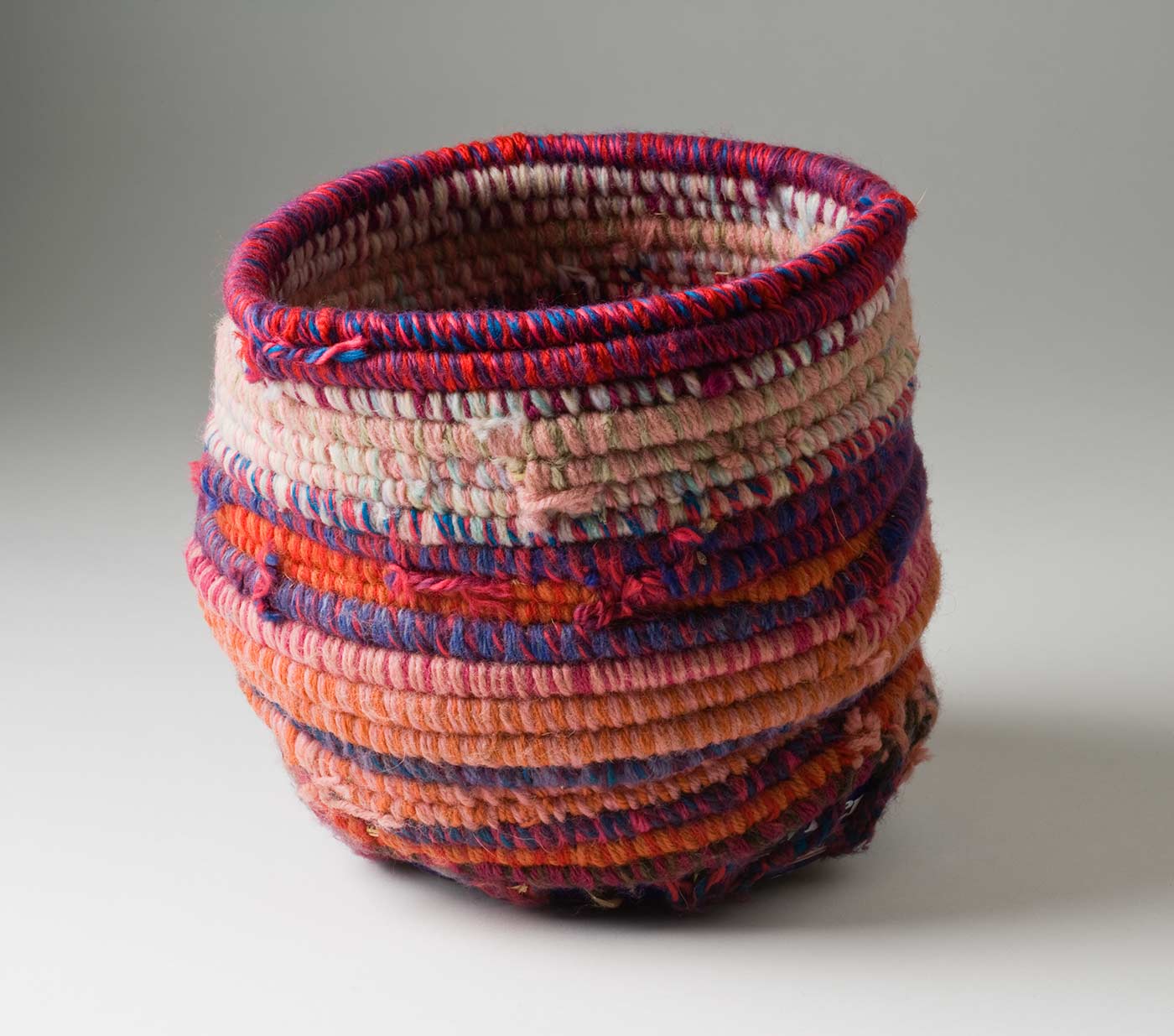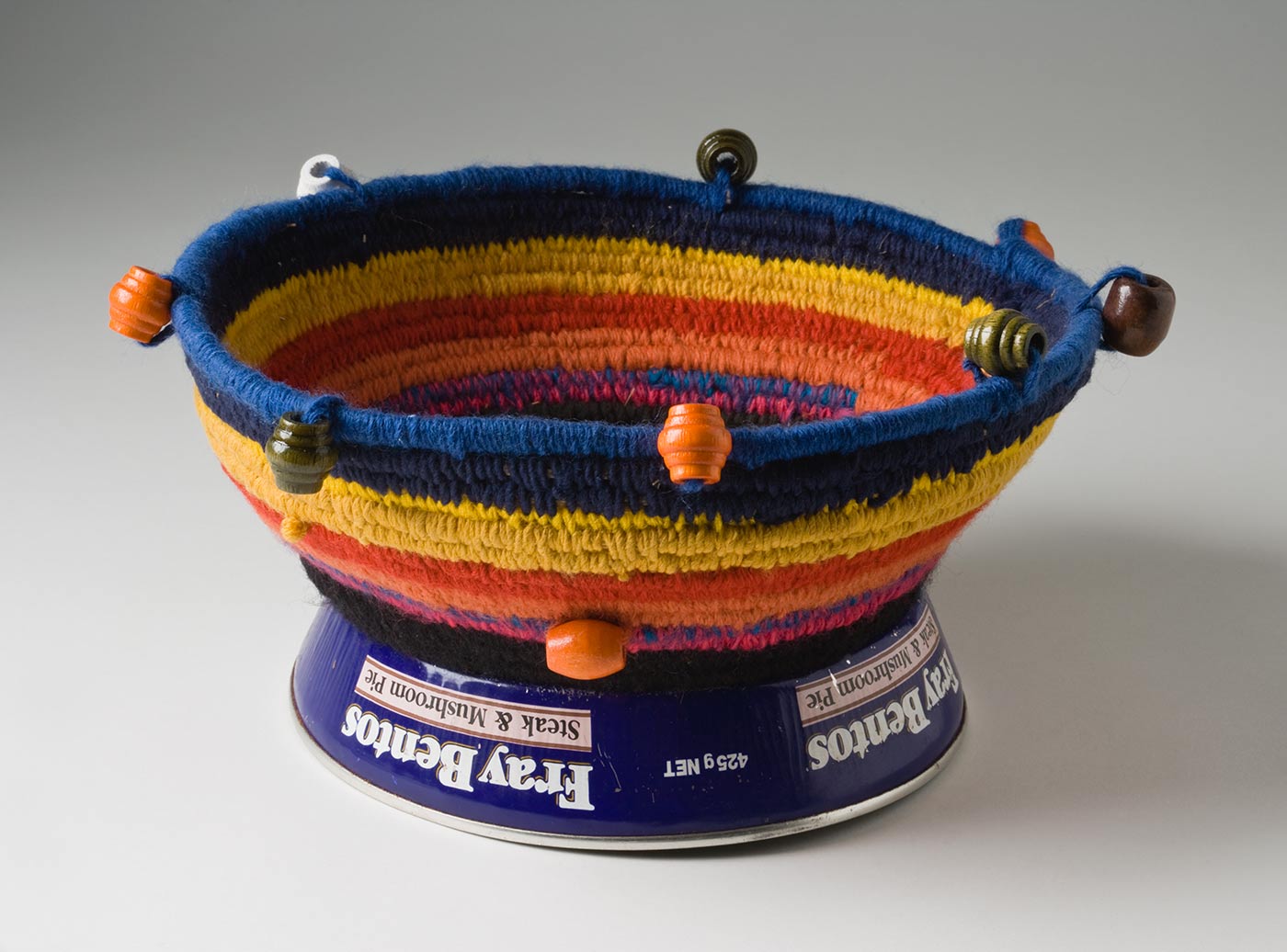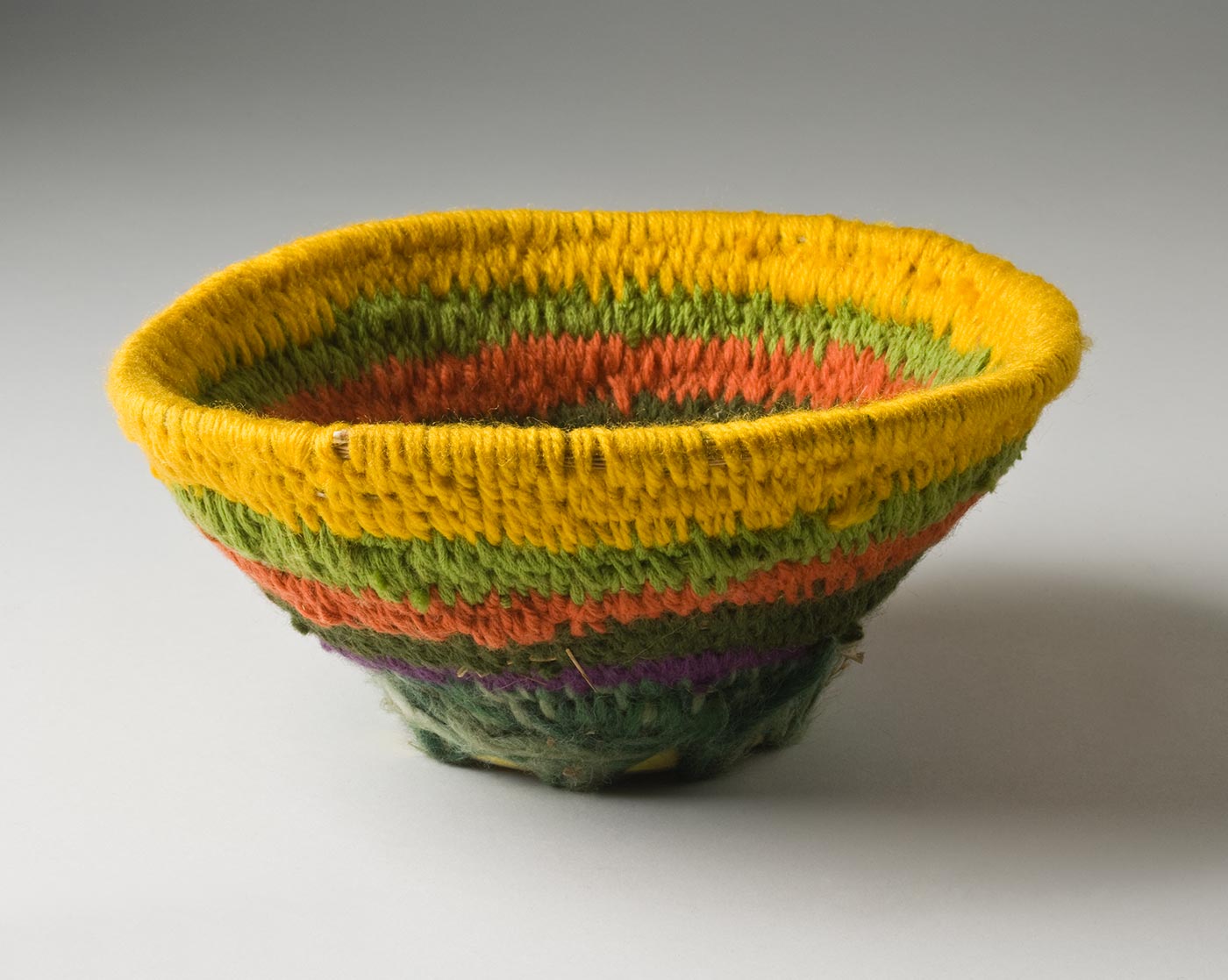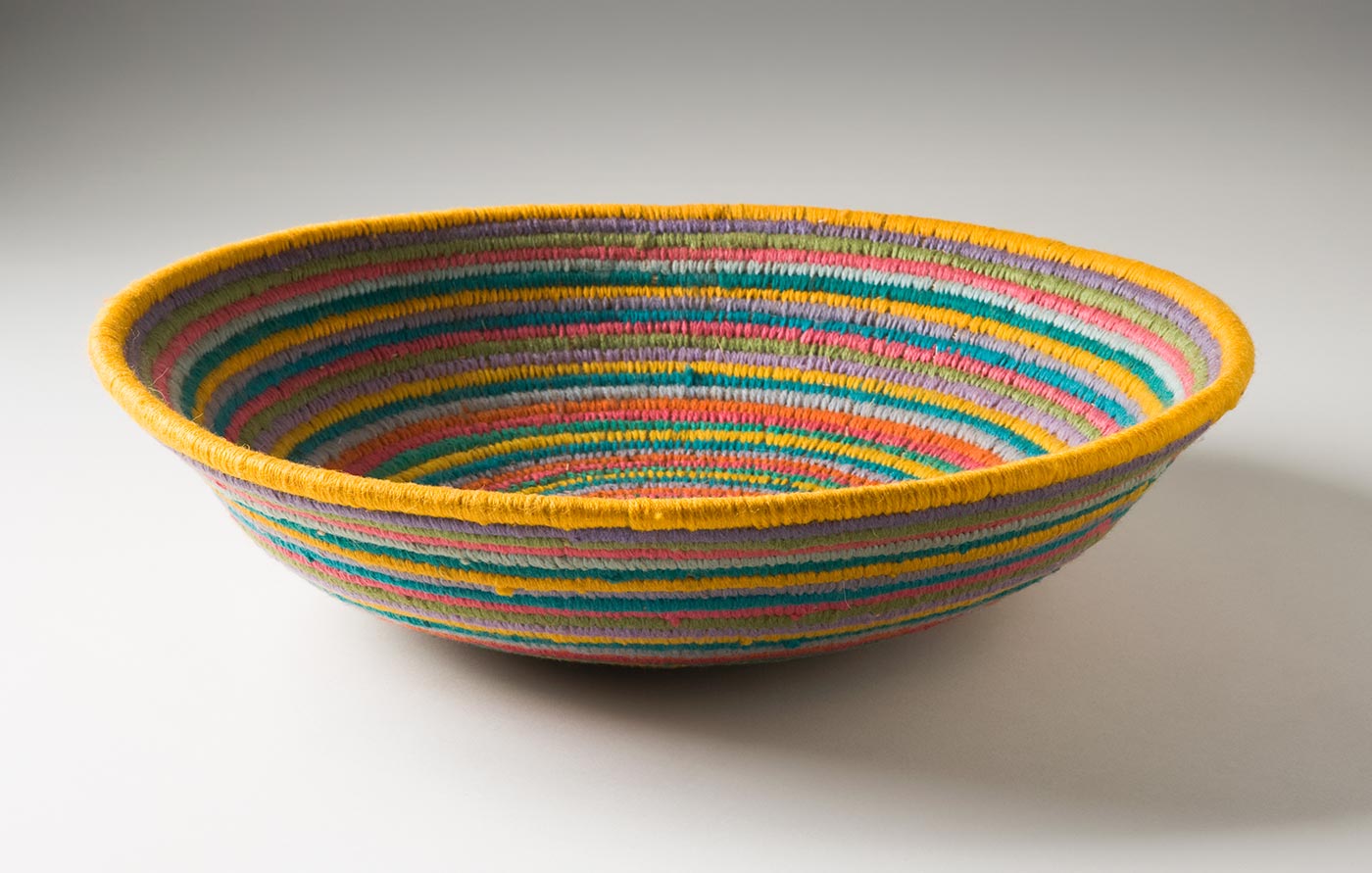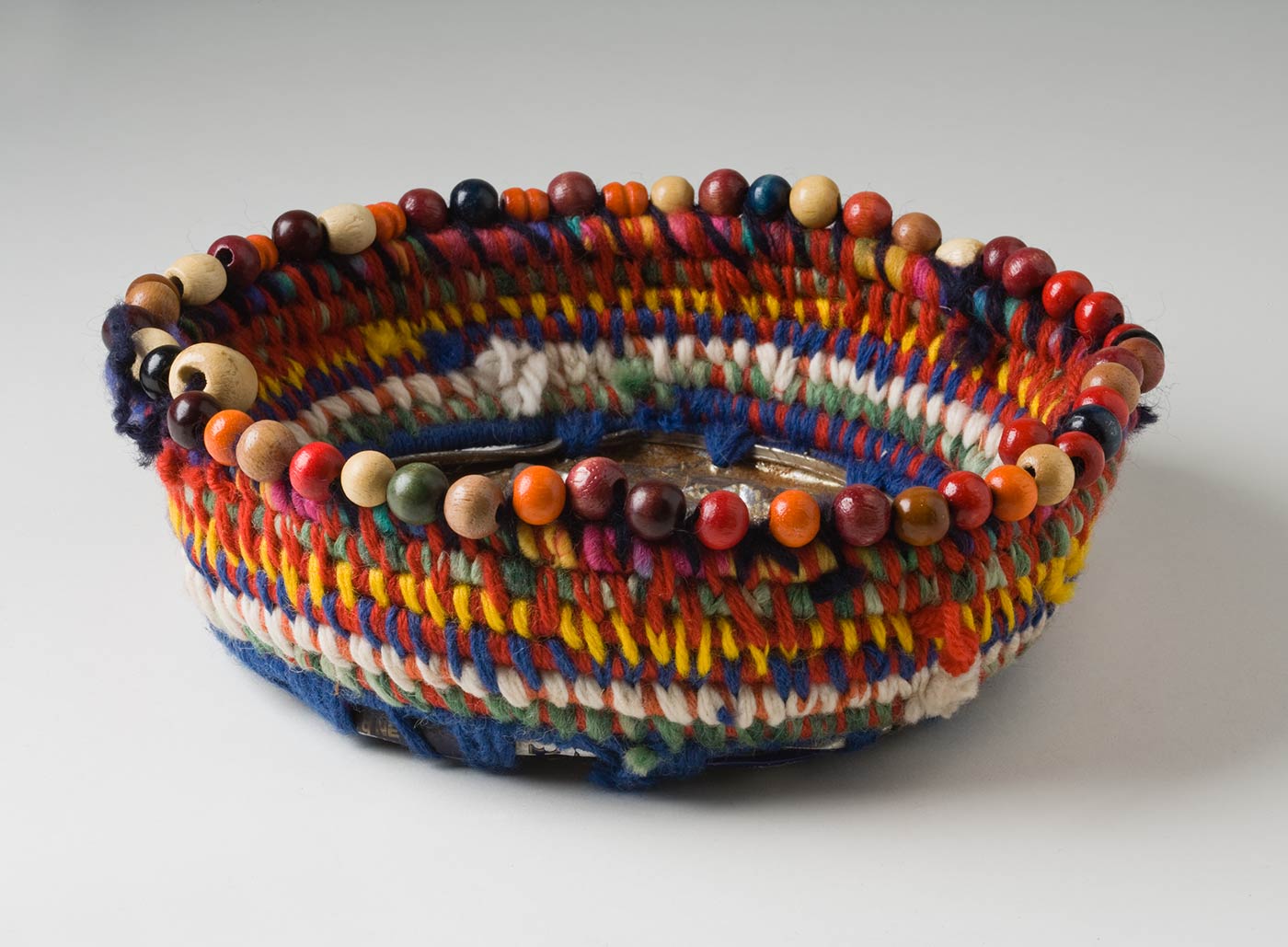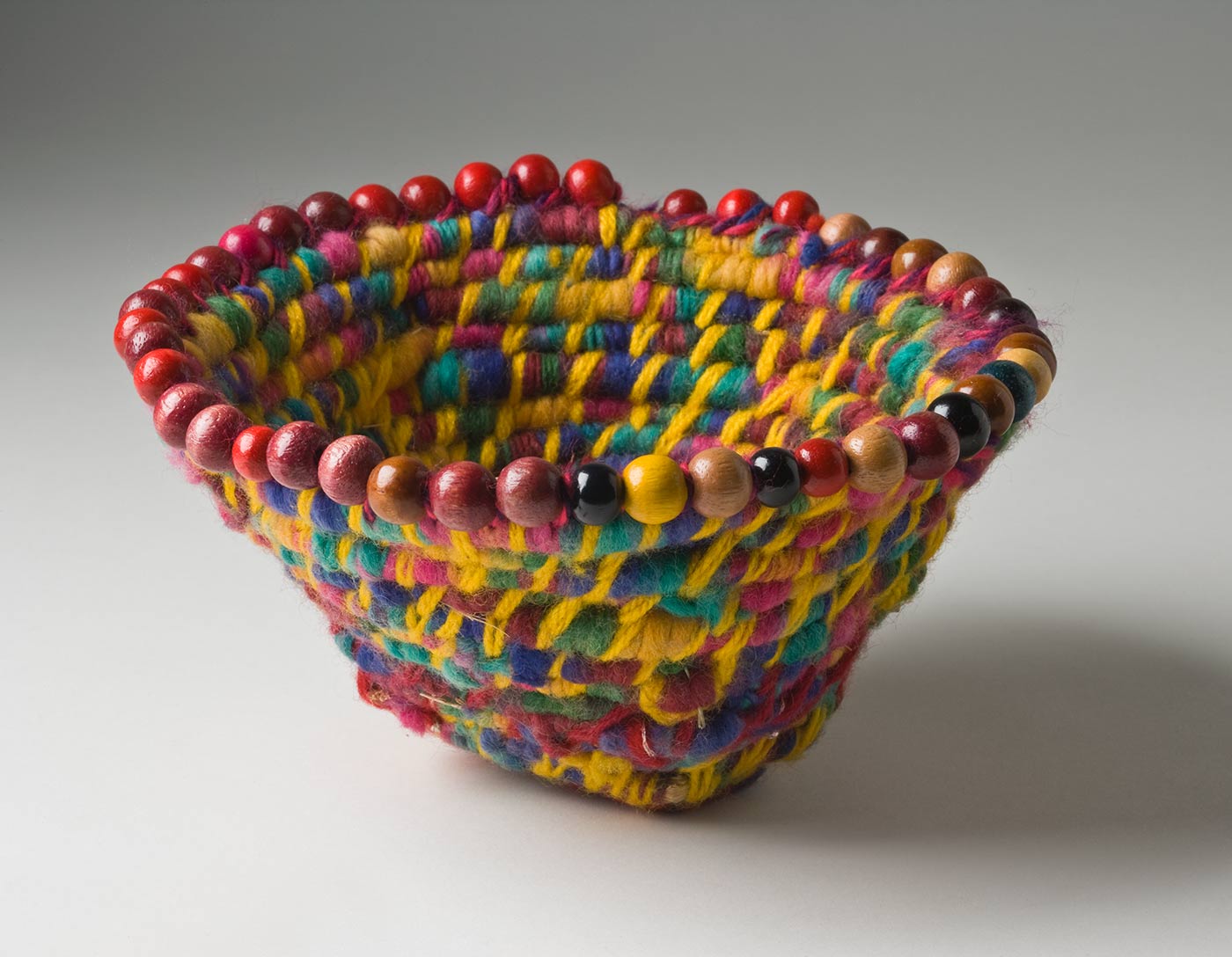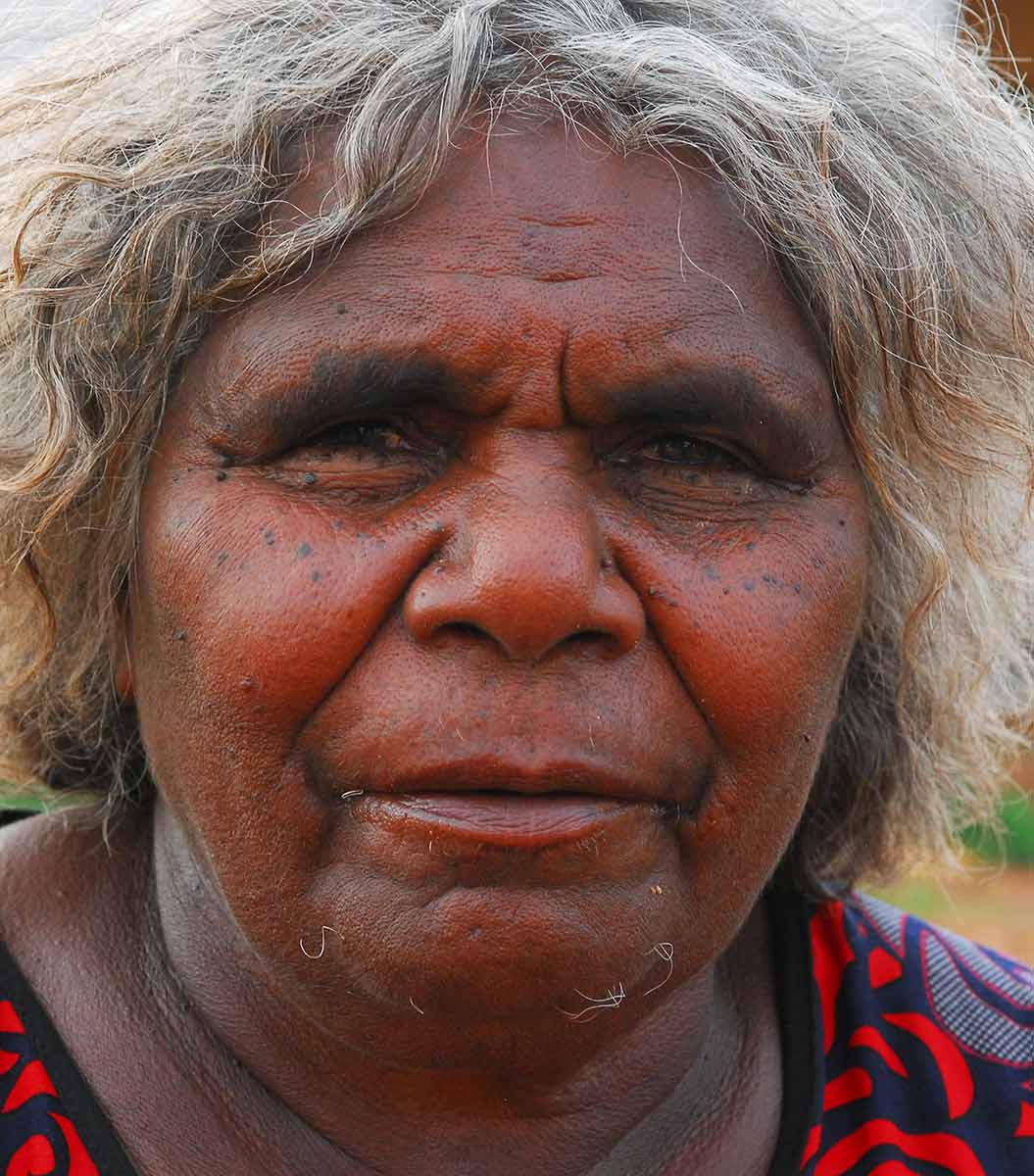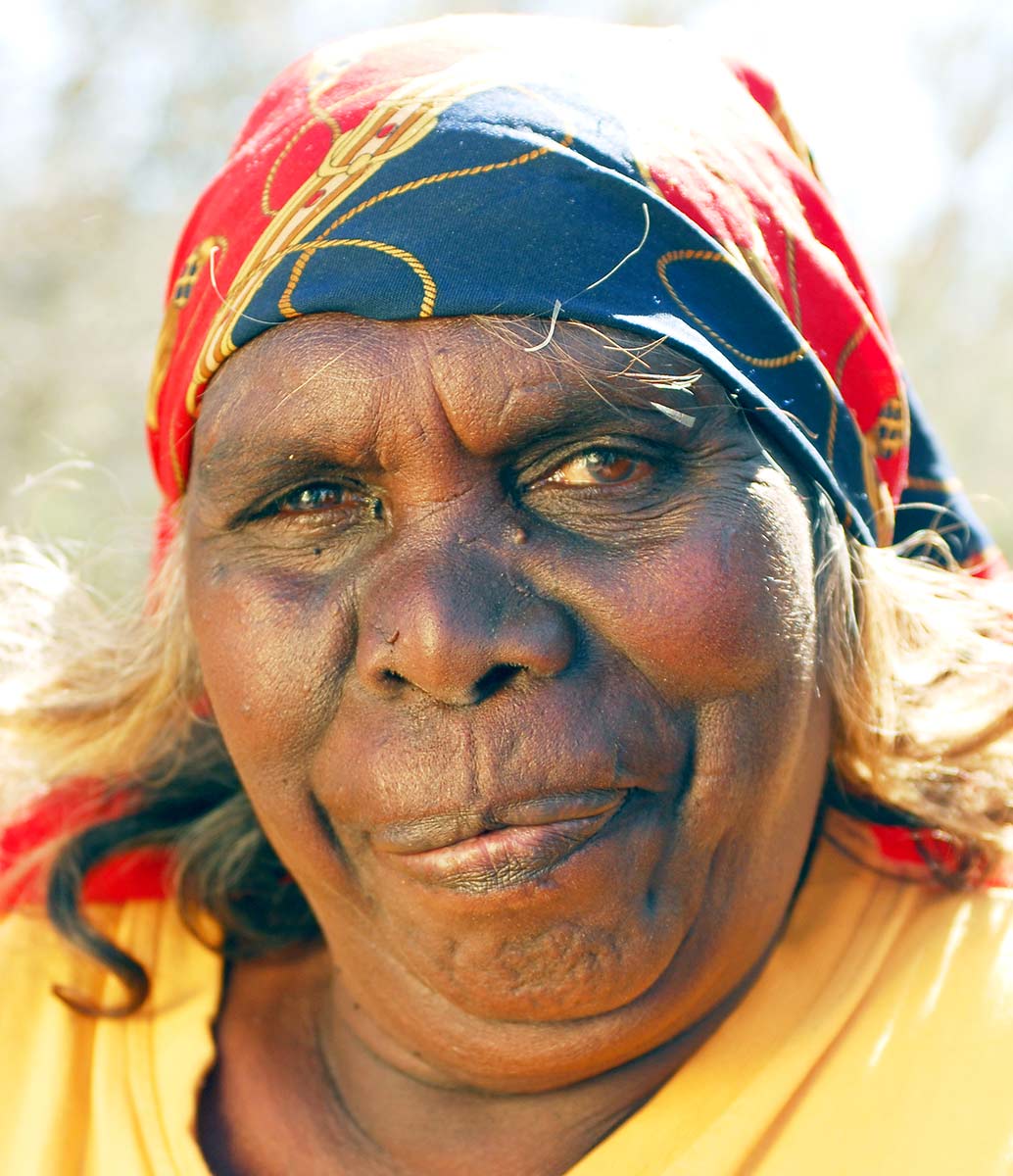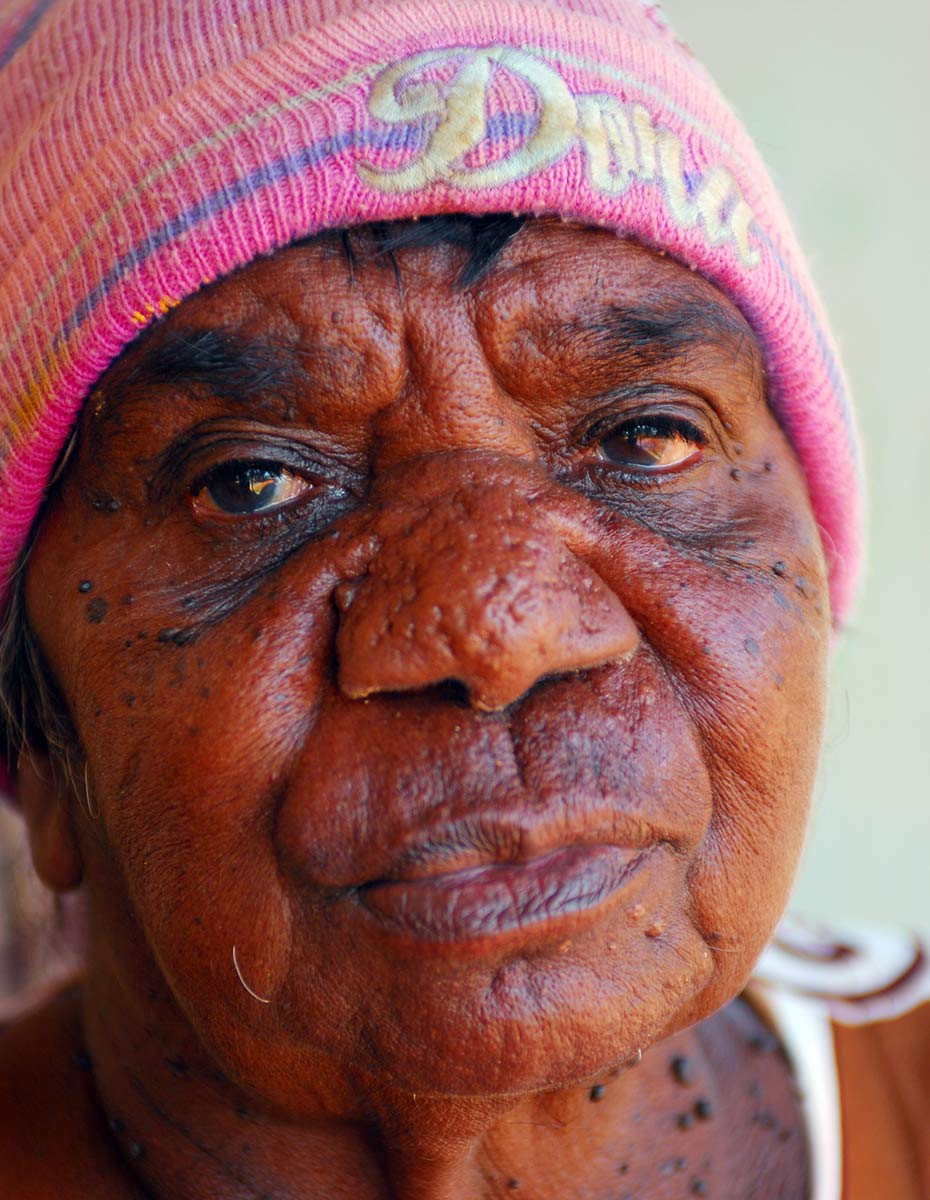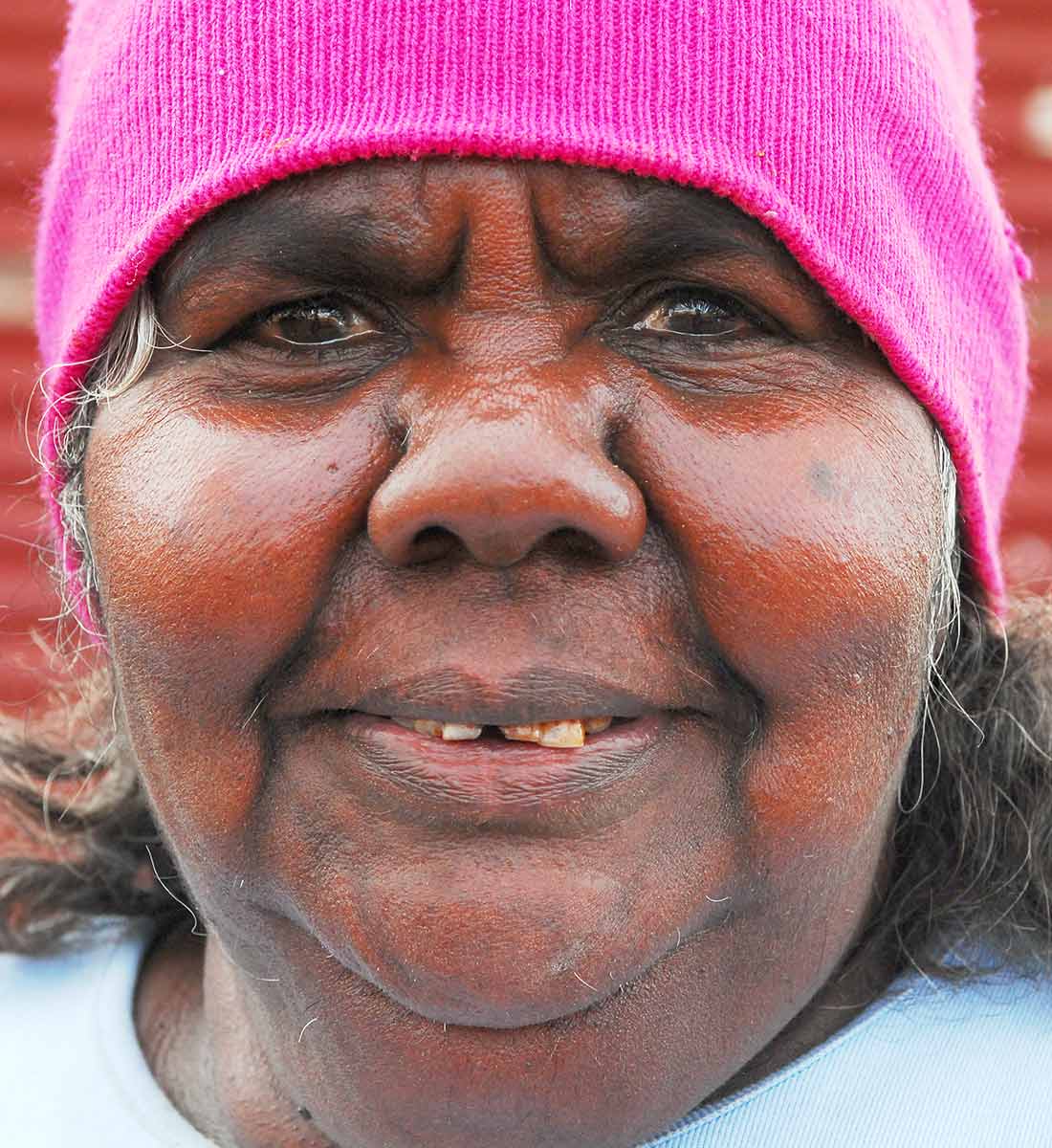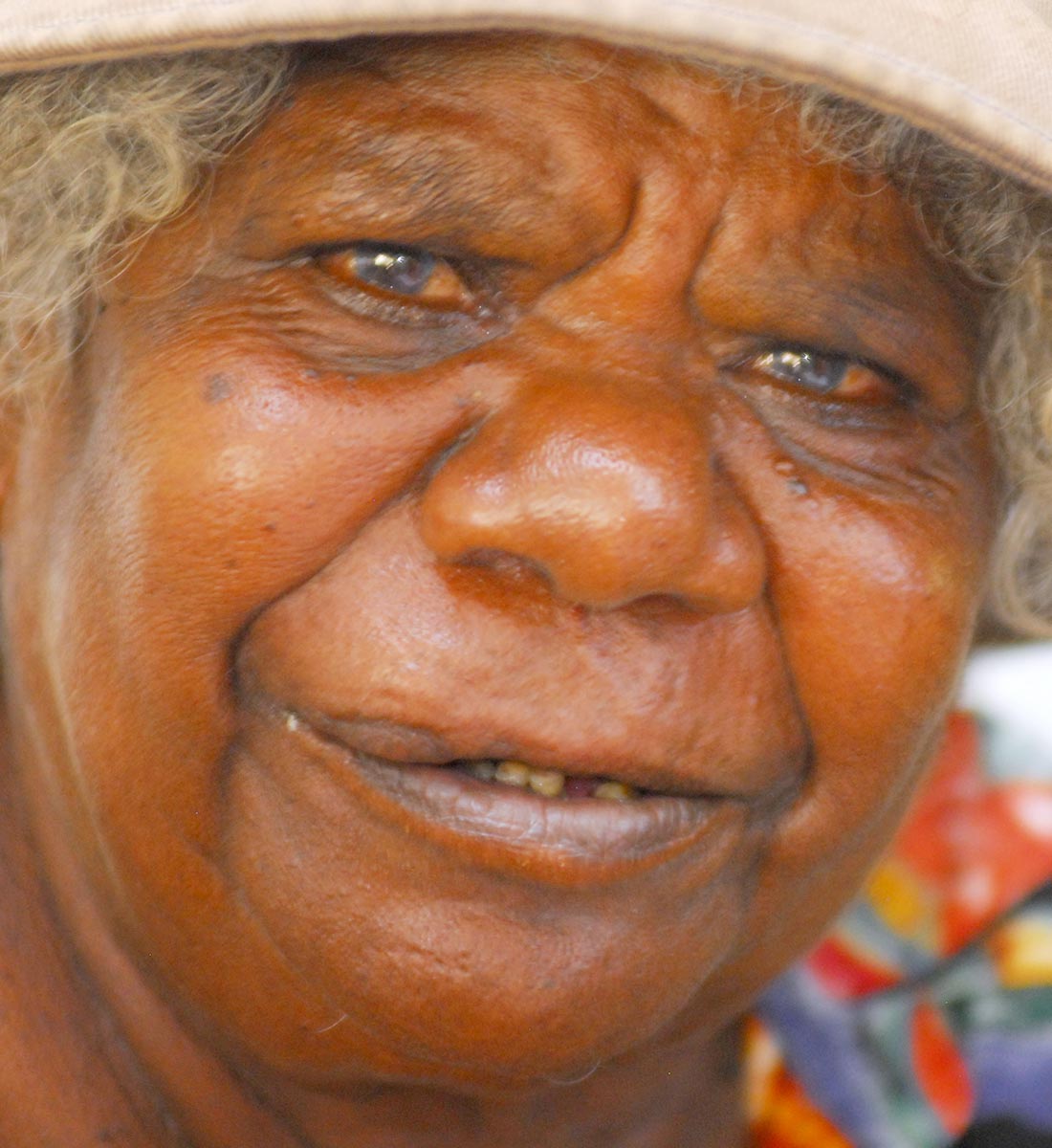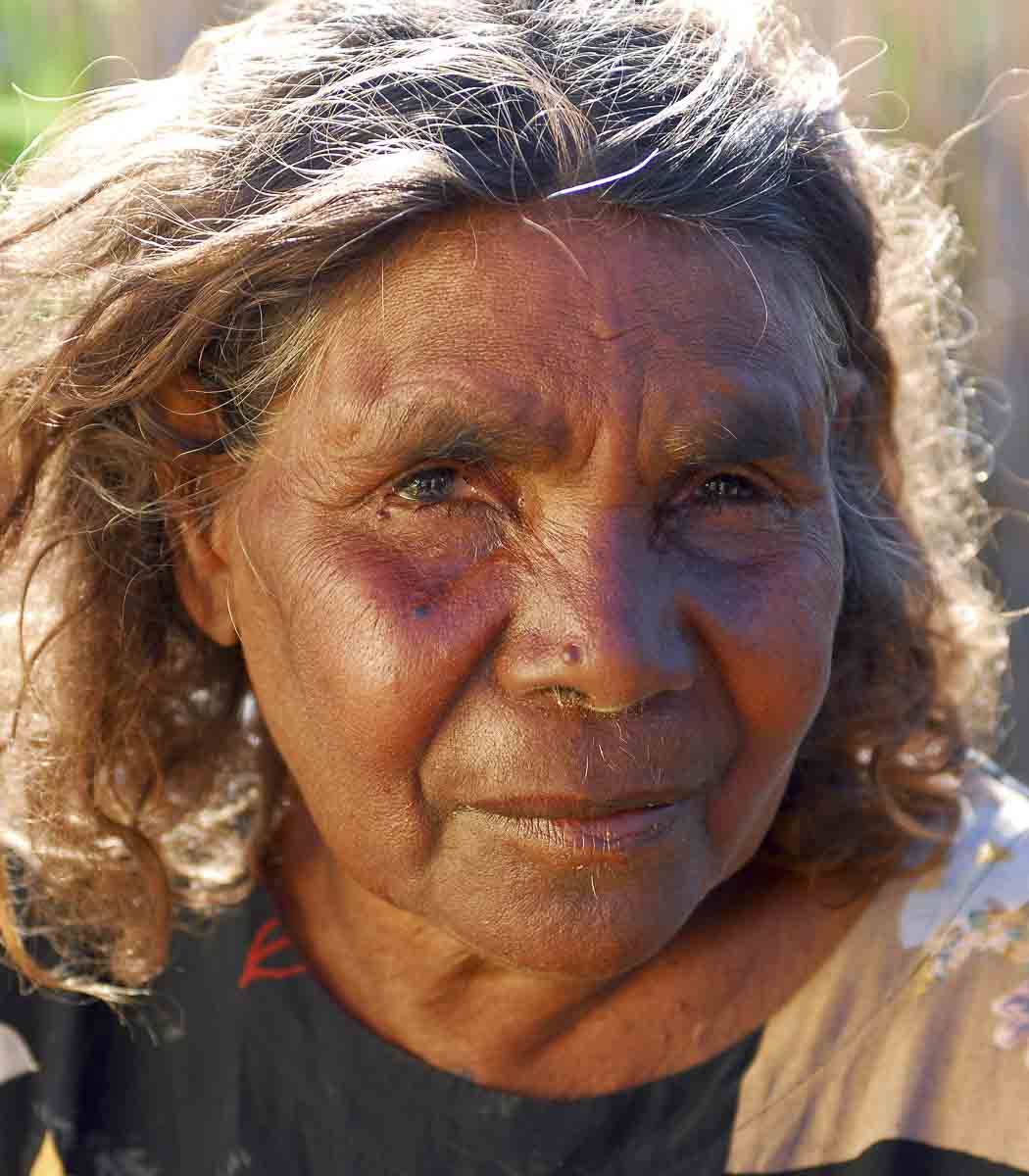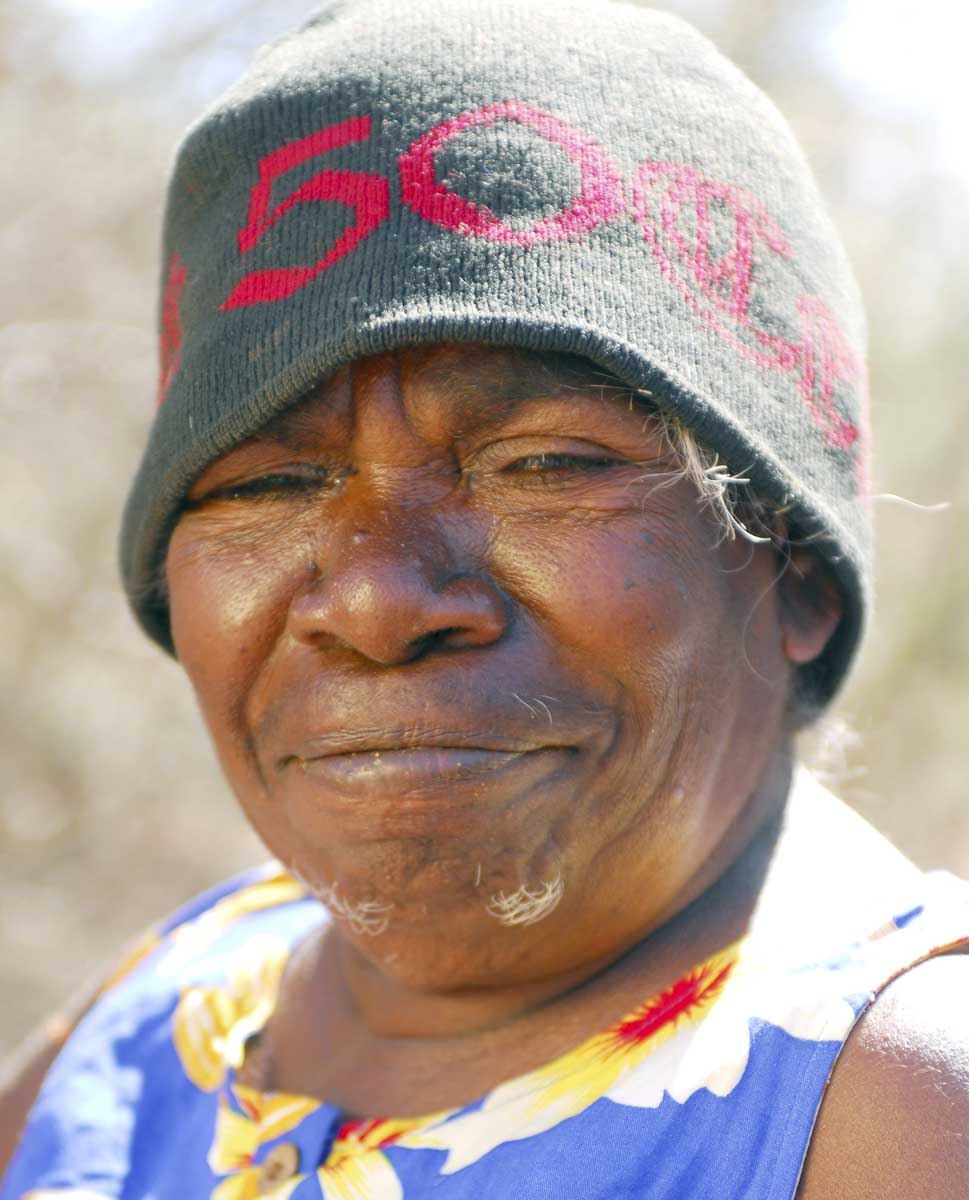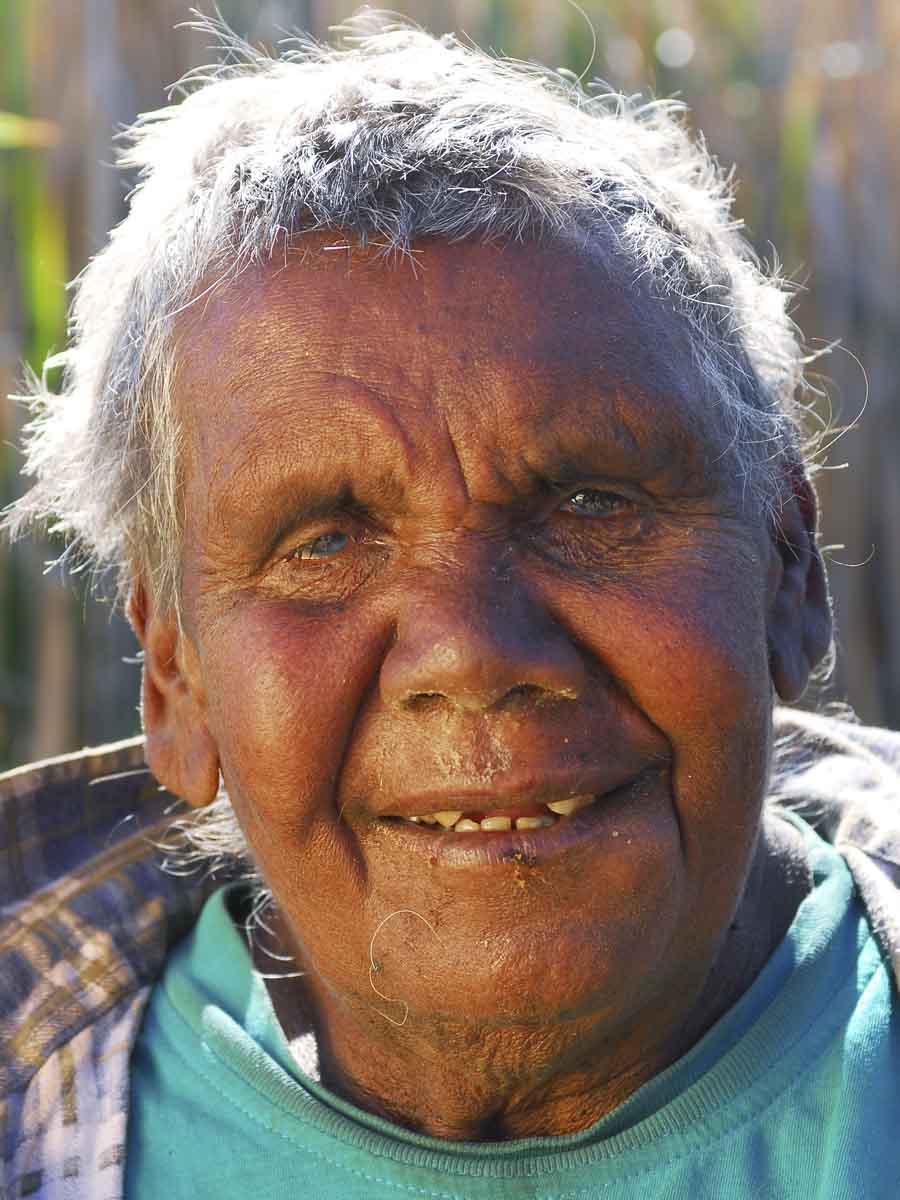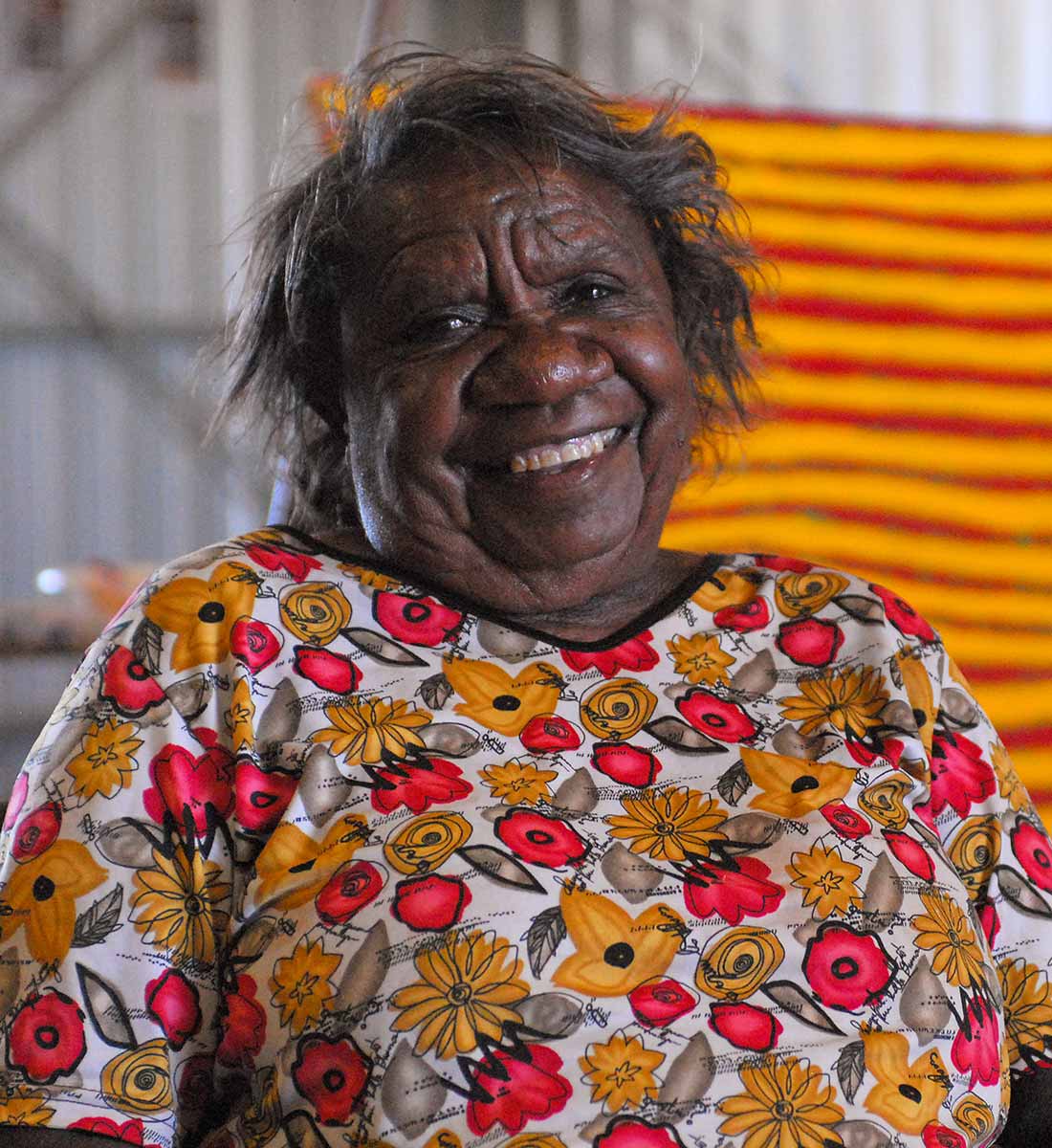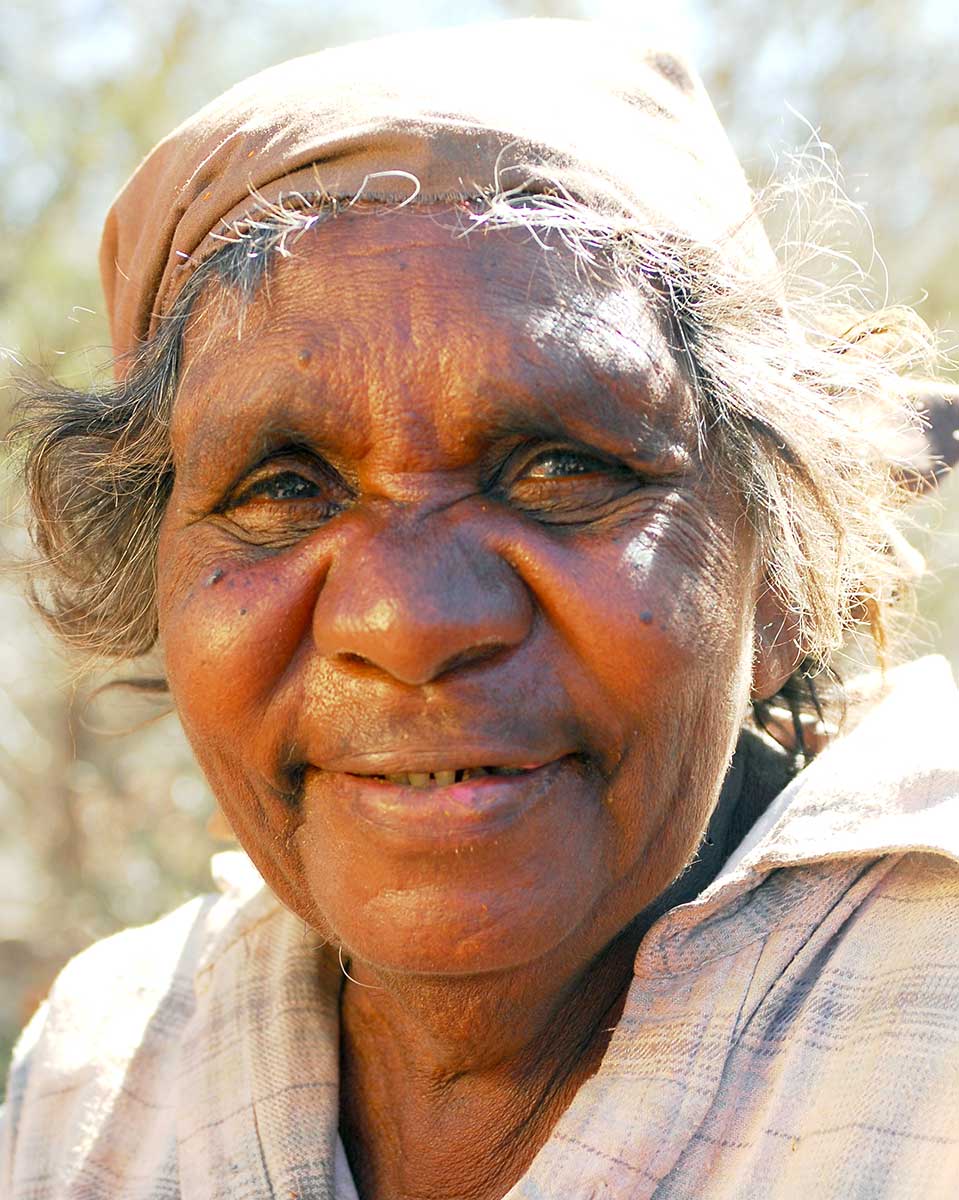The Canning Stock Route tapped into waters that were already key sites in far longer journeys, and far older stories.
In Aboriginal cultures across Australia, and in other cultures around the world, the Pleiades constellation is associated with the story of the Seven Sisters. Minyipuru Jukurrpa is the Martu version of this story.
The Minyipuru began their journey from Roebourne as a big group of sisters and their mothers. At various places along the way, they lost members of their party until eventually only seven sisters remained.
At Kalypa (Well 23) the Minyipuru met a group of Jukurrpa men; it was the first time either group had seen members of the opposite sex. The men tried to grab the women, but the Minyipuru chased them off, hitting them with their digging sticks and leaving them where they fell.
At Pangkapini the sisters met Yurla, an amorous old man who had followed them from Roebourne. Yurla grabbed one of the women, but her sisters tricked him and managed to rescue her. The sisters ultimately escaped into the sky, where they became stars.
The following short film, called Parnngurr Nyiru, describes the story.
Director: Curtis Taylor. Writer: Curtis Taylor. Producer: Nicole Ma. Camera: Curtis Taylor, Dave Wells. Editor: Brandt Lee, Curtis Taylor. Narrator: Kumpaya Girgaba. Translator: Curtis Taylor. Executive Producer: FORM Canning Stock Route Project. © Curtis Taylor, 2010
Weaving
Desert women have always practised weaving, using natural fibres, hair and grasses to make ornaments, tools and footwear.
The colourful baskets desert women make today also recall the traditional wooden vessels women used to carry water, to cradle babies, or to winnow seeds. Today, traditional practices such as these are being woven into new forms of material culture and contemporary art.
Nola Taylor, Parnngurr, 2008:
We design baskets to remind us of the piti [wooden dishes] we used to carry on our heads. We gather the minari [grass] from our own Country and we like lovely, coloured wool.
In Kaninjaku these woven forms have become an installation that tells the Minyipurru or Seven Sisters dreaming.
The baskets are arranged to form the Seven Sisters (Pleiades) constellation, as can be seen above. Images of the individual baskets are available below.
Additional artwork
The following baskets are also on display in Kaninjaku:
